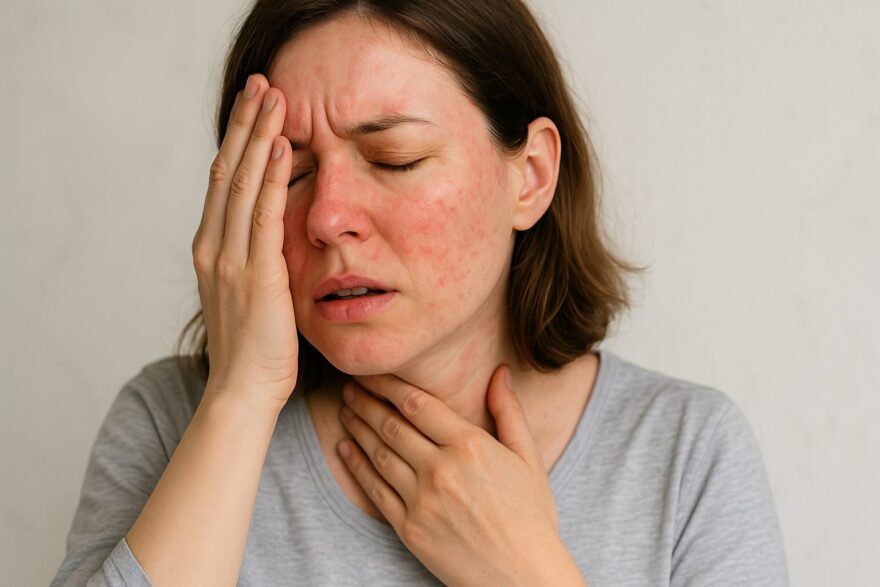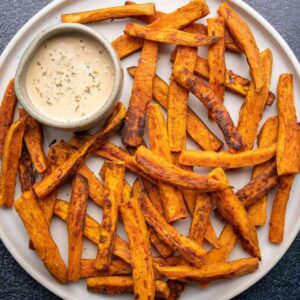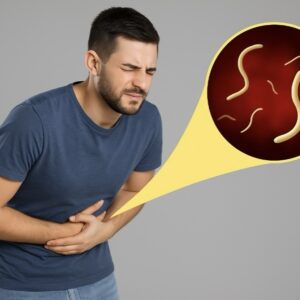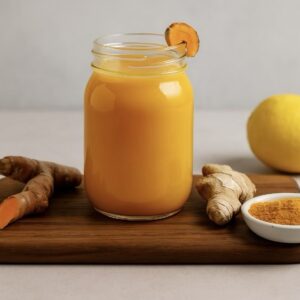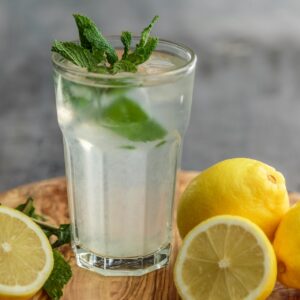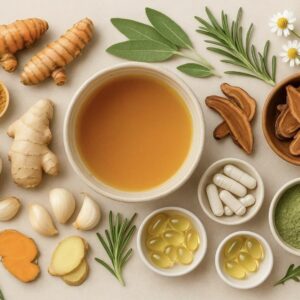Do you feel worse after eating fermented foods, aged cheese, red wine or even avocados? Skin rashes, headaches, sinus issues, or tummy troubles with no clear cause? You might be dealing with histamine intolerance, a condition more common than most people realise.
What Is Histamine?
Histamine is a natural compound involved in your immune system, digestion, and nervous system. Your body releases it in response to allergens, but it’s also found in many everyday foods, especially fermented, aged, or leftover items.
Normally, your body breaks down histamine using enzymes like DAO (diamine oxidase) and HNMT. But if you’re not producing enough of these enzymes, or you’re consuming more histamine than your body can process, symptoms can start to build up.
What Causes Histamine Build-Up?
- Low DAO enzyme levels
- Gut issues (where DAO is produced)
- High-histamine diets
- Stress, hormone shifts, or environmental triggers
Common Symptoms of Histamine Intolerance
Histamine overload can affect many systems in your body. Common signs include:
• Skin rashes, hives, or itching
• Headaches or migraines
• Sinus congestion or runny nose
• Flushing or feeling overheated
• Digestive issues (bloating, nausea, diarrhoea)
• Anxiety or sleep disturbances
• Irregular menstrual cycles
These symptoms often come and go and may be triggered by food, stress, hormones, or even temperature changes.
High-Histamine Foods to Watch
Some of the biggest culprits include:
• Aged cheese, smoked meats, and cured fish
• Wine, beer, champagne
• Vinegar and anything pickled or fermented
• Leftover meat or fish (especially if not stored well)
• Tomatoes, spinach, eggplant, avocado
• Chocolate, nuts, and citrus fruits
Everyone’s tolerance is different, so it’s about learning what your body handles best.
Natural Ways to Support Your Body
1. Focus on Low-Histamine, Fresh Foods
Cook fresh each day when possible. Choose lean, freshly cooked meats, most vegetables, gluten-free grains (like rice or quinoa), and fruits such as apples, pears, and blueberries.
2. Support DAO Production
Boost DAO enzyme function with nutrients that support its activity:
• Vitamin C – a natural antihistamine
• Vitamin B6 – needed for DAO production
• Copper – supports DAO function
• Zinc – helps stabilise mast cells (which release histamine)
3. Try Natural Antihistamines
Gentle, plant-based options that help lower histamine levels include:
• Quercetin – a powerful flavonoid that stabilises histamine release
• Stinging nettle – traditionally used for allergies
• Luteolin or rutin – calming, antioxidant-rich flavonoids
Ask us in-store for the best-quality natural options for you!
4. Heal the Gut
Since histamine is partly processed in the gut, a healthy digestive system is key.
• Glutamine or slippery elm to soothe the gut lining
• Probiotics – choose histamine-friendly strains like Lactobacillus rhamnosus (go slow and watch for reactions)
• Digestive bitters or enzymes with meals to support breakdown and absorption
The Bottom Line
Histamine intolerance can be frustrating—but with the right support, relief is possible. By understanding your triggers, focusing on low-histamine foods, supporting DAO enzyme production, and healing your gut, you can take gentle steps toward feeling better.
Need help navigating histamine intolerance? Come see us in-store for personalised advice and explore our carefully curated range of low-histamine-friendly supplements, teas, and nourishing wholefoods.
We’re here to help you feel your best—naturally.

